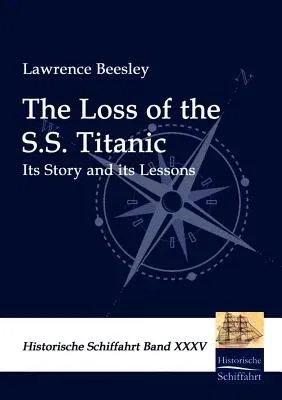The circumstances in which this book came to be written are as follows.
Some five weeks after the survivors from the Titanic landed in New York,
I was the guest at luncheon of Hon. Samuel J. Elder and Hon. Charles T.
Gallagher, both well-known lawyers in Boston. After luncheon I was asked
to relate to those present the experiences of the survivors in leaving
the Titanic and reaching the Carpathia. When I had done so, Mr. Robert
Lincoln O'Brien, the editor of the Boston Herald, urged me as a matter
of public interest to write a correct history of the Titanic disaster,
his reason being that he knew several publications were in preparation
by people who had not been present at the disaster, but from newspaper
accounts were piecing together a description of it. He said that these
publications would probably be erroneous, full of highly coloured
details, and generally calculated to disturb public thought on the
matter. He was supported in his request by all present, and under this
general pressure I accompanied him to Messrs. Houghton Mifflin Company,
where we discussed the question of publication. Messrs. Houghton Mifflin
Company took at that time exactly the same view that I did, that it was
probably not advisable to put on record the Loss of the SS. Titanic, by
Lawrence Beesle 4 incidents connected with the Titanic's sinking: it
seemed better to forget details as rapidly as possible. However, we
decided to take a few days to think about it. At our next meeting we
found ourselves in agreement again, --but this time on the common ground
that it would probably be a wise thing to write a history of the Titanic
disaster as correctly as possible. I was supported in this decision by
the fact that a short account, which I wrote at intervals on board the
Carpathia, in the hope that it would calm public opinion by stating the
truth of what happened as nearly as I could recollect it, appeared in
all the American, English, and Colonial papers and had exactly the
effect it was i


